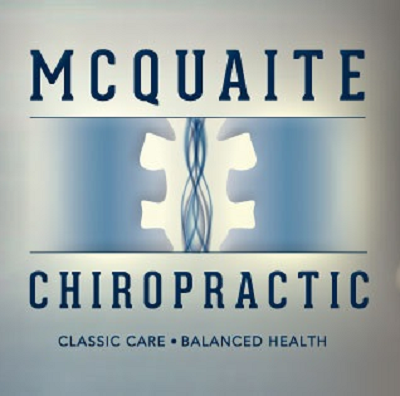Every profession has its lingo and chiropractors are no different. While you certainly don’t need to know all the terminology, you might find it interesting to know a few common chiropractic terms. For example, chiropractors use the terms subluxation, manipulation and adjustment a lot.
Before we define those, here’s a brief overview of the chiropractic philosophy.
As you probably know, chiropractors focus on spinal health. But they’re not only “back doctors.” If you’ve ever heard the expression, “your spine is your lifeline” then you have a sense of its importance. It’s true that the work the chiropractor does on your spine affects your entire body.
One of those ways is that by keeping your spine flexible you have better mobility and balance which help you avoid injury.
The chiropractor has your spinal flexibility in mind and focuses on “aligning” your body which improves your oxygen flow and keeps the nervous system in tip top shape. If you have one leg slightly longer than the other, or hunched shoulders and protruding neck from long hours at the computer, your chiropractor can “realign” your body.
This “realignment” can help you stand straighter and take the pressure off certain parts of the body so you feel better.
Here’s an example. Let’s say you walk around town with a computer bag on one shoulder. That can affect your opposite shoulder, lower back, and hip and cause you pain. A chiropractic treatment will help realign your spine (and hence the hip, etc.)
It’s even possible to not know that your spine is out of alignment and yet, when a practiced eye looks at you, they may be able to see that one shoulder is higher than the other or your neck sticks out a bit more than is ideal.
If that sounds like you, read on for some basic terminology.
4 Common Chiropractic Terms and What They Mean
Alignment – When your spine is in alignment, it helps your head balance properly on your neck. Your head weighs typically 8 pounds. This means you want it positioned correctly, otherwise, it’s putting pressure on your neck, shoulders, and upper back which can hurt.
Of course, your spine connects to your shoulders, upper back, middle back, etc. so if something is out of place in one area, it affects another.
A chiropractic’s goal is to help your spine support your body from head to toe.
Adjustment – “Getting an adjustment” means your chiropractor will use their tools and techniques to adjust your joints. Usually, they focus on the vertebrae, but they can also adjust wrists. It’s basically used to refer to the entire chiropractor treatment.
Subluxation – This is chiropractic speak for a misaligned spine. A healthy spine features the vertebrae in a “line” descending the spinal column. In the case of poor postural habits, accidents, or medical issues like scoliosis, the bones can be shifted to the right or left. This can be the source of chronic, nagging pain unless addressed.
Manipulation – The National Center for Complementary and Integrative Health describe it as, “It’s a technique where practitioners use their hands or a device to apply a controlled thrust (that is, a force of a specific magnitude or degree in a specific direction) to a joint of your spine. The amount of force can vary, but the thrust moves the joint more than it would on its own.”
While these common chiropractic terms can sound like variations on the same thing, to a practitioner, they’re a little different. As a patient, you can always ask your chiropractor to describe what they’re doing.
Life naturally takes its toll on our bodies. Long hours at the computer, repetitive tasks and accidents are all ways in which our spine get out of alignment. Stretching for flexibility, light yoga, and regular chiropractic treatments can help you stay healthy.
Need to see a chiropractor? Dr. McQuaite in Doylestown, Pa. takes most insurances and is voted Best of Bucks! Make your appointment today or just stop by.


